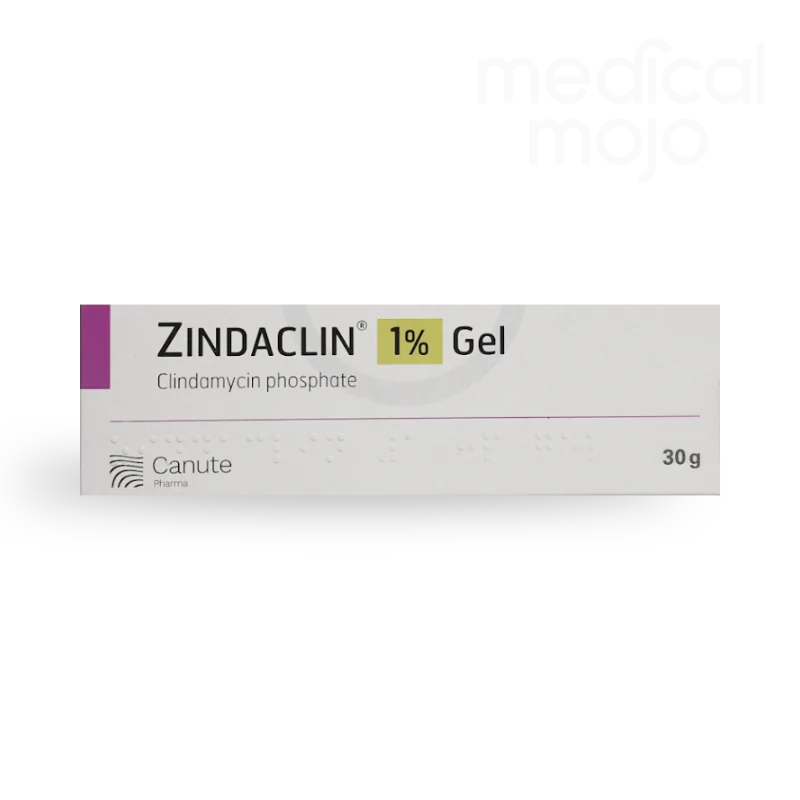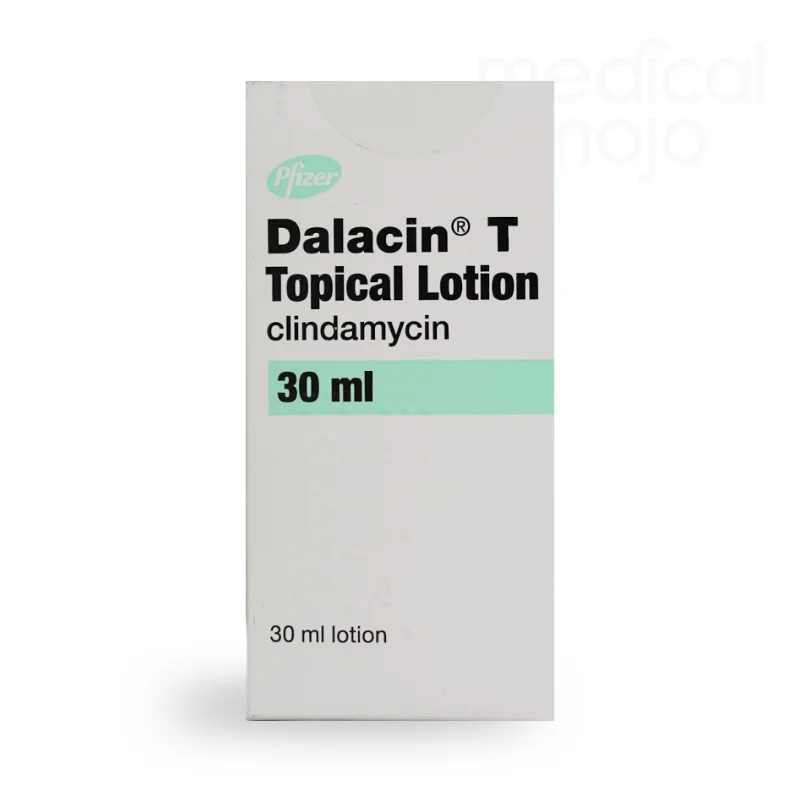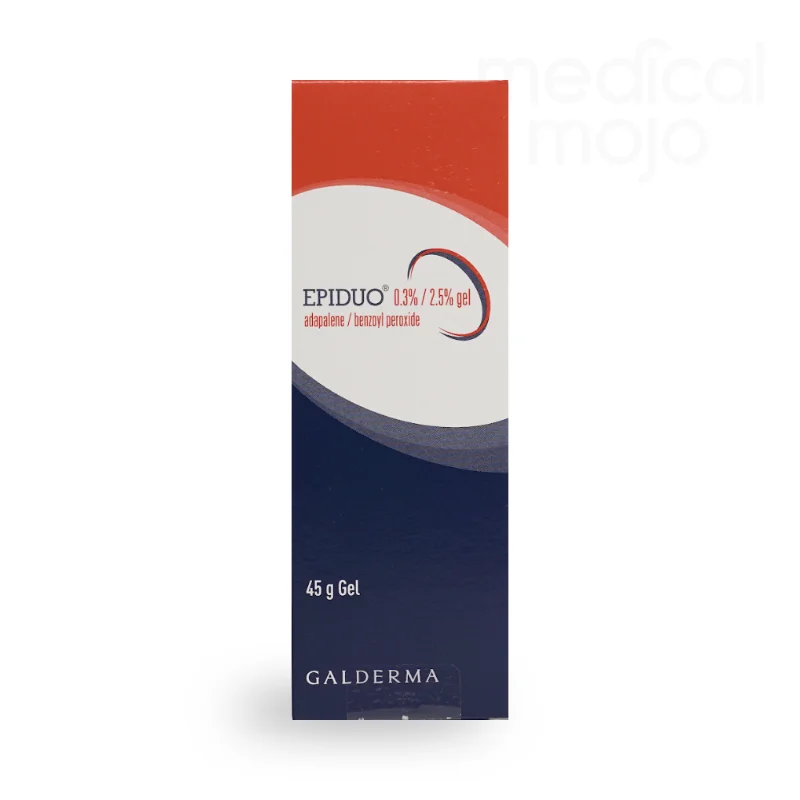What is Differin?
Differin is a topical medication used to treat acne. It contains adapalene, a type of retinoid, which is a derivative of vitamin A. Differin works by promoting the turnover of skin cells, preventing pores from becoming clogged, and reducing inflammation. This action helps to treat existing acne and prevent new breakouts from forming. It is typically applied once daily to the affected areas and is suitable for use in both adults and adolescents aged 12 years and older. Differin is available in various forms, including gel and cream, and is often recommended for long-term acne treatment.
How does Differin work?
Differin contains the active ingredient adapalene, which is a type of retinoid. Adapalene works by targeting the processes in the skin that cause acne. Here’s how Differin works:
- Regulates Skin Cell Turnover: Differin helps to normalize the shedding of dead skin cells inside the pores, preventing them from becoming clogged. This reduces the formation of comedones, which are the blocked pores that can lead to blackheads and whiteheads.
- Reduces Inflammation: Adapalene has anti-inflammatory properties, which help to reduce the redness and swelling associated with acne. This makes it effective not only in treating existing acne but also in preventing new pimples from forming.
- Prevents New Acne: By keeping the pores clear and reducing inflammation, Differin helps to prevent the formation of new acne lesions.
Overall, Differin promotes a smoother skin texture, reduces the frequency of acne breakouts, and helps to improve the overall appearance of the skin.
What are the side effects with Differin?
Like all medicines, Differin Cream can cause side effects, although not everyone will experience them. Side effects typically occur at the application site.
Seek immediate medical attention if you notice any of the following symptoms, as they may indicate a serious allergic reaction (angioedema) or a severe allergic response:
- Swelling of the face, lips, or throat, which may cause difficulty swallowing or breathing
- Rash, itching, hives
- Dizziness
These symptoms are rare, and the exact frequency is not known.
Common Side Effects (may affect up to 1 in 10 people):
- Dry skin
- Skin irritation
- Burning sensation on the skin
- Redness of the skin (erythema)
Uncommon Side Effects (may affect up to 1 in 100 people):
- Local skin reaction (contact dermatitis)
- Skin discomfort
- Sunburn
- Itching of the skin (pruritus)
- Peeling skin (exfoliation)
- Flare-up of acne
Rare Side Effects (frequency not known):
- Allergic contact reaction
- Pain or swelling of the skin
- Irritation, redness, itching, or swelling of the eyelids
- Darkening of fair skin
- Lightening of darker skin
- Application site burn (including superficial burns and, in rare cases, more severe burns)
Reporting Side Effects
If you experience any side effects, talk to your doctor or pharmacist. This includes any side effects not listed here. You can also report side effects directly via the
MHRA Yellow Card Scheme or by searching for "MHRA Yellow Card" in the Google Play or Apple App Store. Reporting side effects helps gather more information on the safety of this medicine.












